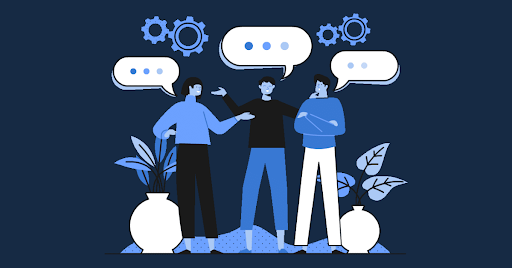In today’s competitive business landscape, creating an engaged workforce is critical for achieving organizational goals. Companies that prioritize their employees’ satisfaction and well-being tend to outperform their competitors in terms of productivity and profitability. Two crucial elements to achieving this are employee engagement software and a well-structured total rewards strategy.
The Role of Employee Engagement Software
Employee engagement software is a tool designed to foster better communication, collaboration, and morale within an organization. It serves as a platform to measure and enhance employee satisfaction while providing actionable insights to HR teams and management.
Key benefits of employee engagement software include:
- Real-Time Feedback: Enables employees to voice their opinions through surveys, polls, and feedback tools.
- Improved Communication: Bridges the gap between teams and management with features like chat systems, announcement boards, and recognition programs.
- Performance Tracking: Offers insights into employee productivity, helping identify areas for improvement.
- Recognition and Rewards: Aids in implementing reward systems to acknowledge employee contributions.
By using robust employee engagement software, companies can cultivate a culture of transparency and recognition, which in turn enhances employee loyalty and reduces turnover rates.
Understanding the Total Rewards Strategy
A total rewards strategy encompasses all the benefits, perks, and compensations offered by an organization to its employees. It goes beyond salary to include elements like bonuses, health benefits, professional development opportunities, and work-life balance initiatives.
Core Components of a Total Rewards Strategy:
- Compensation: Competitive salaries, bonuses, and equity options.
- Benefits: Health insurance, retirement plans, and wellness programs.
- Work-Life Balance: Flexible schedules, remote work options, and paid time off.
- Career Development: Training programs, certifications, and mentorship opportunities.
- Recognition: Public appreciation and rewards for exceptional performance.
By integrating a comprehensive total rewards strategy, organizations can attract top talent and retain their existing workforce more effectively.
How They Work Together
When employee engagement software is paired with a total rewards strategy, the results can be transformative. For instance, engagement software can track employee satisfaction levels and identify areas where rewards programs need adjustment. Similarly, a well-executed rewards strategy can motivate employees to engage more deeply with their roles and the company’s objectives.
Best Practices for Implementation
- Assess Employee Needs: Use engagement software to gather data on what employees value most.
- Customize Rewards: Tailor your total rewards strategy to address employee preferences and industry trends.
- Foster a Feedback Culture: Regularly seek employee input through surveys and act on it.
- Leverage Technology: Choose software that aligns with your organization’s size and goals.
- Measure Success: Continuously track engagement metrics and adjust strategies as needed.
Conclusion
Investing in employee engagement software and crafting a robust total rewards strategy are essential for building a thriving workplace. Together, these tools not only boost employee satisfaction and retention but also drive overall business success. Organizations that prioritize these strategies are well-equipped to foster a motivated, loyal, and high-performing workforce.
Whether you’re a small startup or a large enterprise, now is the time to embrace technology and innovative rewards systems to enhance your employee engagement efforts.
Keep an eye for more news & updates on Gossips!




